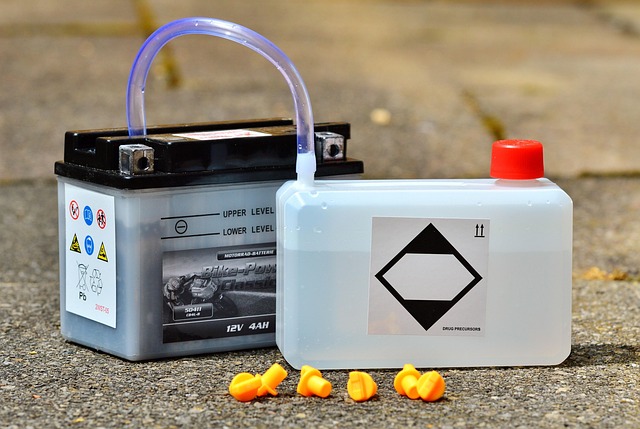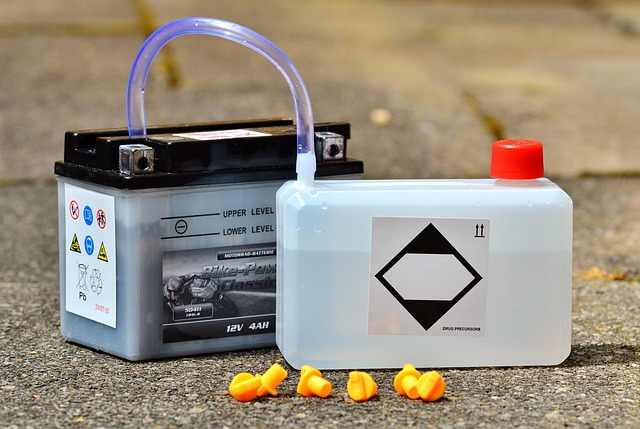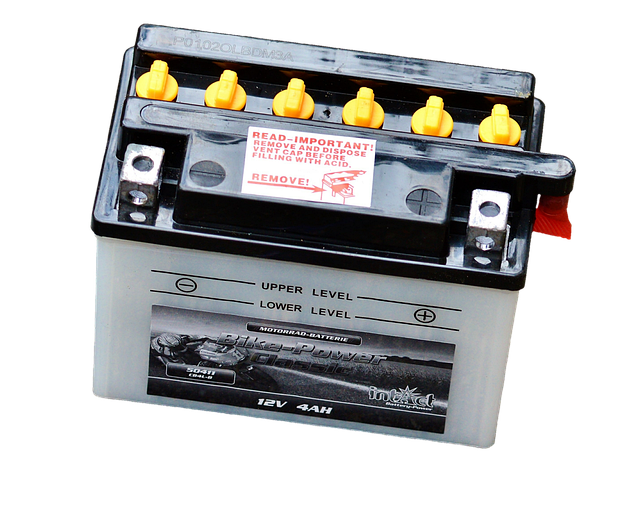The battery discharge cycle is a crucial aspect of electric car ownership that often goes unnoticed until performance dips. For many electric vehicle (EV) owners, understanding this cycle can mean the difference between a reliable ride and the frustration of frequent charging. By grasping how the battery discharge cycle works, electric car enthusiasts can better optimize their vehicle’s performance and longevity.
Electric vehicles operate on a principle that’s fundamentally different from traditional gas-powered cars. At the heart of an EV is its battery pack, which powers the electric motors just as a gas engine is powered by fuel. However, this battery operates through discharge cycles – a process that involves the gradual depletion of electric charge. When you drive your electric car, the battery discharges energy to the motor. Over time, as you repeatedly use and recharge your battery, you engage in several discharge cycles, which can influence battery health.
Maintaining your car is more than just routine servicing; it’s about being mindful of how you use your battery. Many electric car owners underestimate the impact of charge habits on the battery discharge cycle. Frequent rapid charging or letting your battery dip too low can lead to diminished capacity over time. Opting for a car service that specializes in electric vehicles ensures that every part of your car—from tires to powertrains—is optimized for efficiency. This is particularly important with the evolution of car parts designed specifically for electric engines.
Car news often highlights the latest innovations in EV technology, but they also emphasize the importance of responsible battery management. New approaches, like regenerative braking systems, can help recover energy and mitigate some of the wear on the battery. These systems allow the car to harness kinetic energy while decelerating, sending it back to recharge the battery and prolonging the discharge cycle in the process.
Moreover, understanding your driving habits can play a pivotal role in battery optimization. If you’re making short trips, consider consolidating errands to reduce the number of discharge cycles your battery experiences. On the other hand, if you’re planning a longer route, a full charge can help you maintain the health of the battery while ensuring you won’t have to stop too frequently for recharges. Smart driving practices can enhance your electric vehicle’s performance, ultimately leading to a more enjoyable ownership experience.
With electric vehicle technology continuing to evolve, car parts manufacturers are innovating and producing components designed to maximize battery life. Ensure that any necessary replacements or upgrades are done through trusted service providers who understand the unique requirements of electric vehicles. This attention to detail in maintenance will go a long way in preserving your battery’s health.
As an electric car owner, being aware of the battery discharge cycle empowers you to take charge of your vehicle’s performance. This knowledge not only aids in optimizing your electric car but also deepens your connection to this vibrant and forward-thinking automotive transition. The world of electric vehicles is continually evolving, and with the right care, you can be part of that journey—harnessing the power of innovation and sustainability. By understanding and managing your battery discharge cycle, you ensure that your electric vehicle remains a reliable mode of transportation for years to come.




